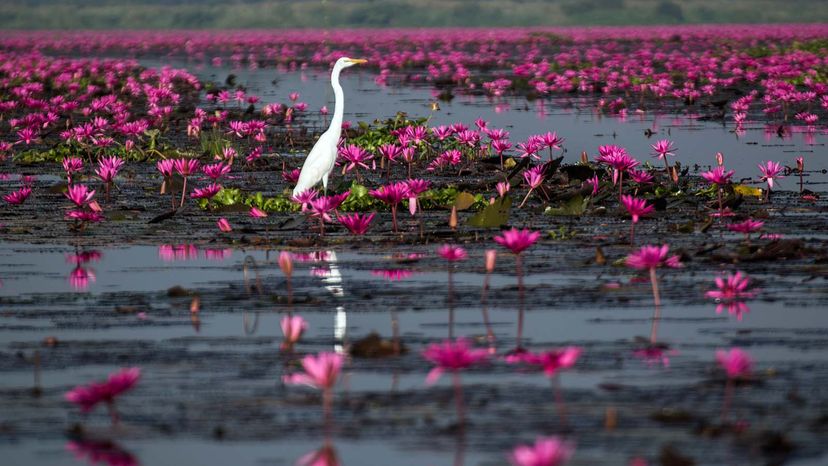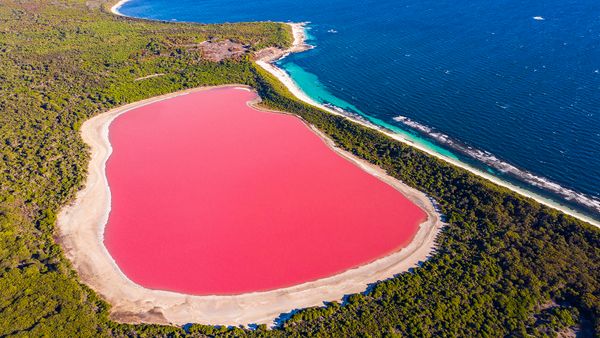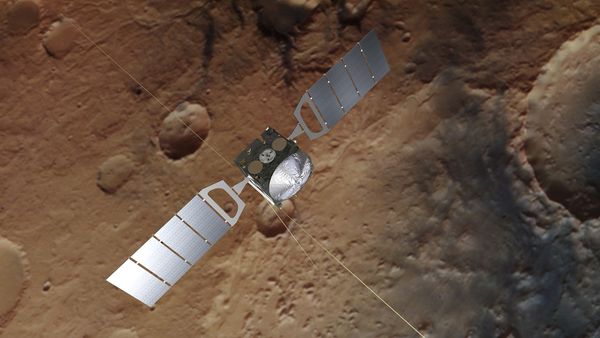Because lakes are deeper, sunlight typically can't reach all the way to the bottom. These deep areas are known in lakes as aphotic zones or regions of perpetual darkness beneath the photic zone. In other words, the water in an aphotic zone is so deep that plants can't grow beneath the surface because sunlight can't penetrate to the bottom.
Unlike the consistent water temperatures in a pond, lake water temps can vary widely due to the fluctuating depths and the flowing tributaries that create more wave activity. While lakes are bigger than ponds, their size isn't a reliable indicator of water quality.
The aquatic plants and animals in most lakes could live in almost any water. In addition to the frogs and insects that might be in a pond, many lakes in the world host even more life like alligators, beavers, otters, and snakes depending on the region or habitat. Lake or pond, though, both provide important habitats for wildlife and support biodiversity.


